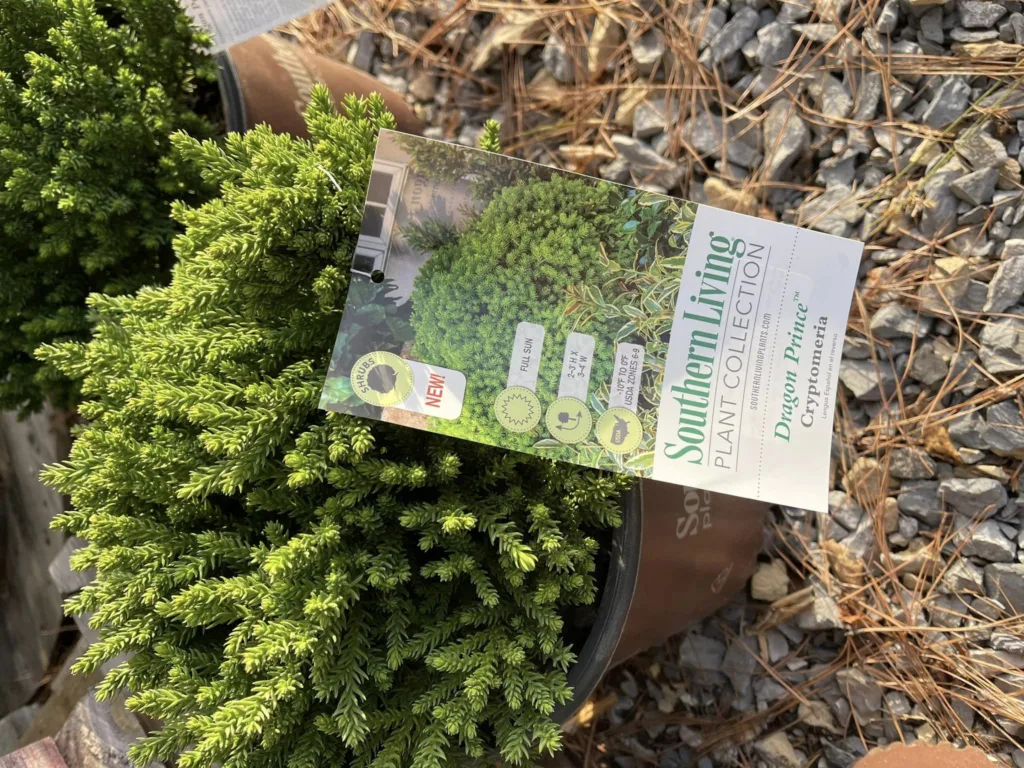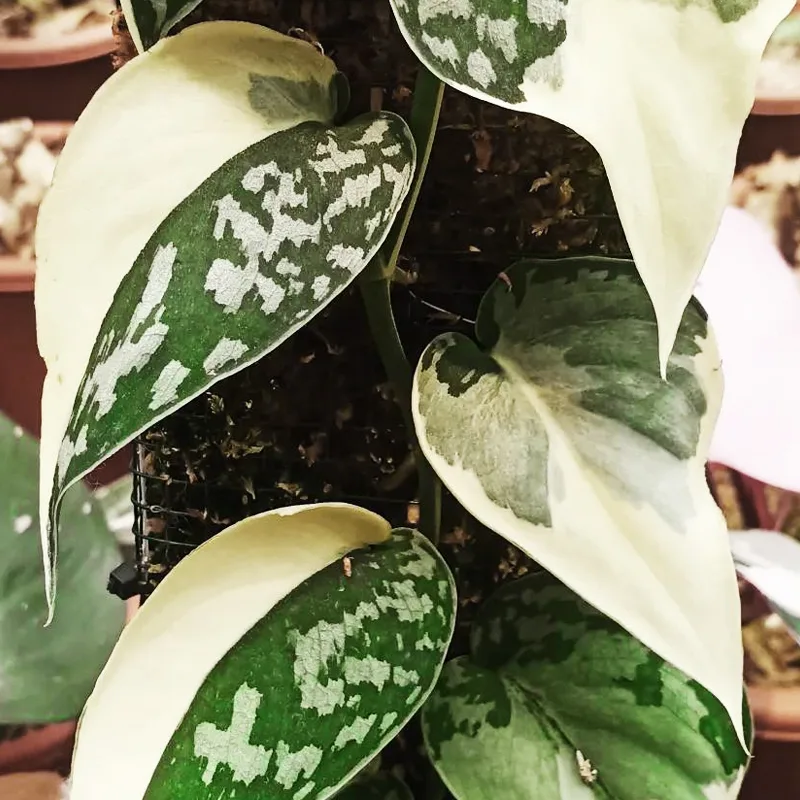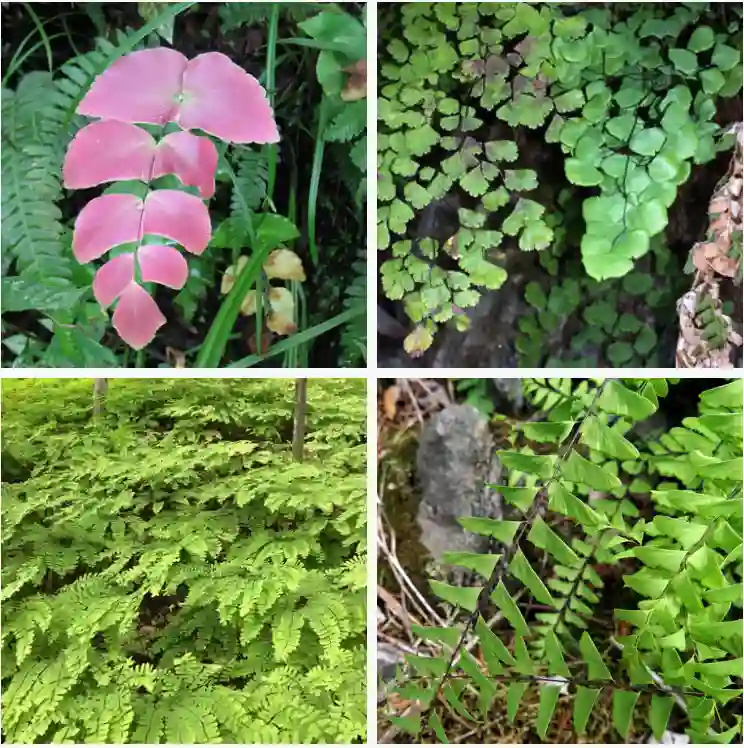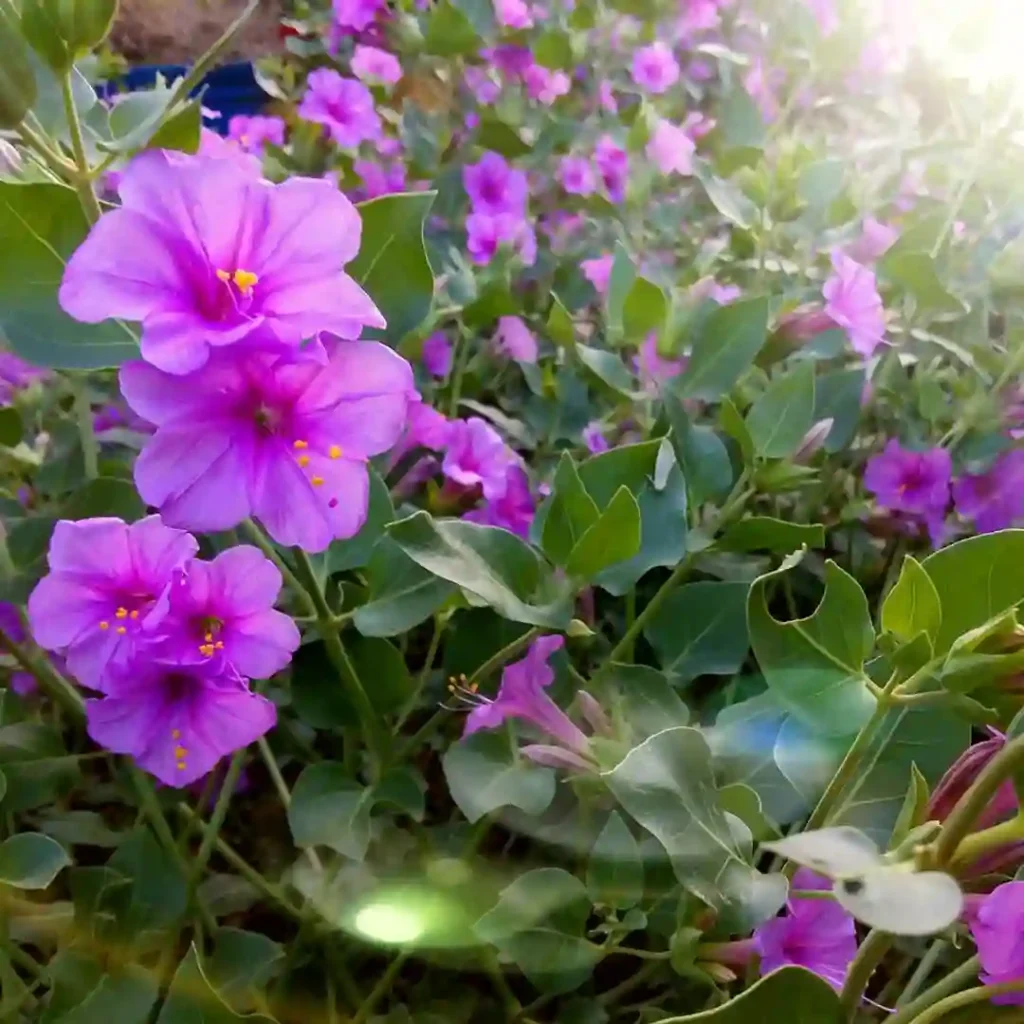Persicaria Lapathifolia: A Wildflower with Two Sides
Hi there, Ferb Vu here. I’m a botanist with a passion for all things plants. Today, we’re diving into the world of Persicaria lapathifolia, also known as pale smartweed, curlytop knotweed, and willow weed. This wildflower can be a beautiful addition to your garden, but it has a bit of a wild side too. Let’s explore the wonders and potential challenges of Persicaria lapathifolia.
144 Species in Genus Persicaria
What is Persicaria Lapathifolia?
Persicaria lapathifolia is an annual herb belonging to the Polygonaceae family. It’s native to North America and Eurasia, but its adventurous spirit has led it to establish itself in many other parts of the world. This wildflower boasts erect, reddish stems with swollen joints, reaching heights of 20 to 80 centimeters. The leaves are alternate, with short stalks and often a fuzzy underside.
The real showstopper of Persicaria lapathifolia is its flowers. These tiny, greenish-white blooms cluster together in slender spikes, adding a delicate touch to the plant.
Friend or Foe? The Two Faces of Persicaria Lapathifolia
Persicaria lapathifolia can be a wonderful addition to your garden, attracting pollinators like bees and butterflies with its nectar-rich flowers. It thrives in moist environments and can tolerate partial shade, making it a versatile choice for landscaping.
However, there’s a flip side to this wildflower’s story. In some regions, Persicaria lapathifolia is considered an invasive weed. Its fast growth rate and adaptability can crowd out native plants, disrupting ecosystems. So, before welcoming this wildflower into your garden, check with your local authorities to ensure it’s not a menace in disguise.
How to care for Persicaria Lapathifolia?
If Persicaria lapathifolia gets a green light in your area, here’s how to keep it happy:
- Light: Partial shade is ideal.
- Soil: Moist, well-drained soil is key.
- Watering: Water regularly, especially during dry spells.
- Fertilizer: Not necessary, but a light feeding in spring can encourage growth.
Remember: Don’t let this wildflower spread beyond your designated area. Deadhead spent flowers to prevent unwanted self-seeding.
How to propagate Persicaria Lapathifolia?
Propagating Persicaria lapathifolia is a breeze. You have two options:
- Seed: Collect seeds in late summer when the seed heads turn brown. Sow them directly in moist soil in fall or spring.
- Division: In spring, carefully dig up a mature plant and divide it into sections, ensuring each section has healthy roots and stems. Replant the divisions in separate locations.
Planting Companions for Persicaria Lapathifolia
Looking for plants to share the spotlight with Persicaria lapathifolia? Here are some ideas:
- Joe-Pye Weed: This tall, late-blooming wildflower provides a stunning contrast in color and height.
- Cardinal Flower: Vibrant red blooms of the cardinal flower complement the delicate white flowers of Persicaria lapathifolia.
- Goldenrod: A classic combination, goldenrod adds a touch of sunshine to the scene.
- Ferns: Ferns provide a lush, textured backdrop for your wildflower arrangement.
By choosing compatible companions, you can create a harmonious and visually captivating garden.
Conclusion: Embrace the Duality of Persicaria Lapathifolia
Persicaria lapathifolia is a wildflower with a complex personality. With proper research and responsible gardening practices, you can harness its beauty and resilience to enhance your landscape. Just remember, knowledge is power, especially when it comes to this fascinating and potentially feisty wildflower.
If i die, water my plants!



